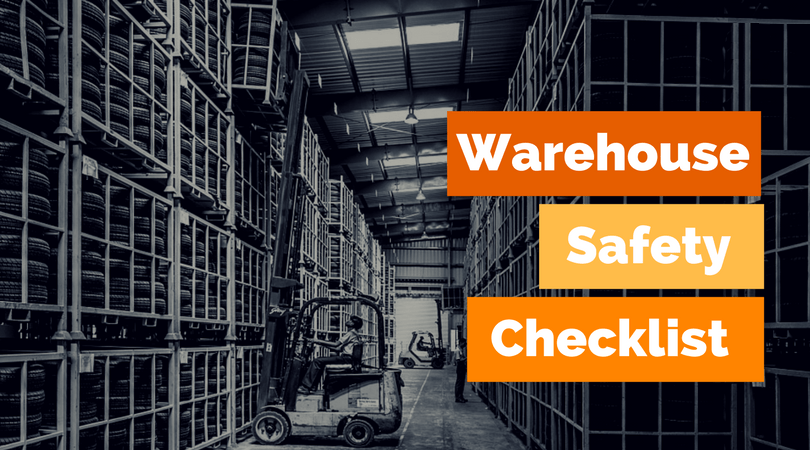For any warehouse, safety standards and regulations are a must to ensure the safety of your workers and products. The OSHA works hard to improve working conditions by making sure that every warehouse follows safety rules. However, safety starts and ends with you. Every material handing organization should take responsibility for safety standards. One way to do that is to prepare a safety checklist. Below are the three main areas to consider when curating a warehouse safety checklist. Use this checklist to see whether your warehouse is as safe as it can be.
Basic Safety and Ergonomics
Constant fatigue and repetitive movement can cause strain, and even permanent harm, to workers. The most common injuries caused by fatigue affect the feet and back. Repetitive movement can also cause problems like bad posture or carpal tunnel syndrome. However, these are also the most preventable types of warehouse injury. Does your warehouse have the following items and procedures to ensure proper ergonomics are in place?- Gloves
- Protective eye gear
- Protective footwear (such as steel toed boots)
- Ergonomic floor mats
- Proper lifting techniques
- Hydration
Warehouse Hazards
While warehouse accidents are inevitable, many can be avoided just by keeping track of common hazards. It is important to be aware of these risks. Check your warehouse for the following hazards and take steps to address them.- Ventilation
- Proper lighting
- Safety gates and guardrails
- Clean working environment
- Securely stacked materials
- Broken or frayed wires
Warehouse Safety Training
Proper training is key to warehouse safety. It is important to note that safety training is an ongoing process rather than a one time event. Workers should always be updated on warehouse and machinery changes to avoid any confusion that could lead to accidents. Make sure that your workers are trained in these areas:- Warehouse safety signs
- Emergency exit strategies
- Machine and equipment maintenance
- Forklift safety
- Clearly marked paths

